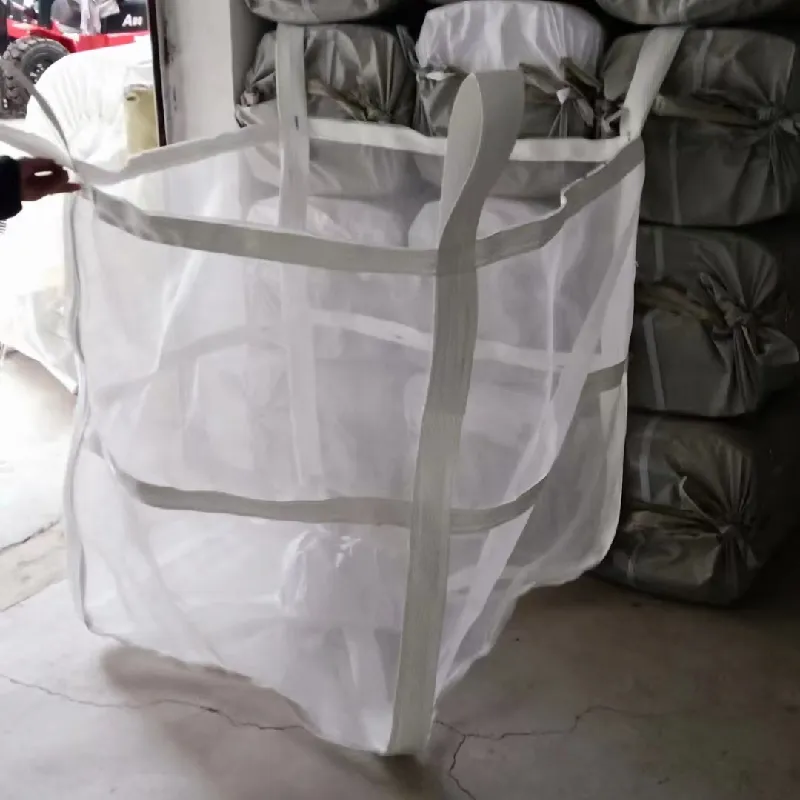-
 Afrikaans
Afrikaans -
 Albanian
Albanian -
 Amharic
Amharic -
 Arabic
Arabic -
 Armenian
Armenian -
 Azerbaijani
Azerbaijani -
 Basque
Basque -
 Belarusian
Belarusian -
 Bengali
Bengali -
 Bosnian
Bosnian -
 Bulgarian
Bulgarian -
 Catalan
Catalan -
 Cebuano
Cebuano -
 China
China -
 Corsican
Corsican -
 Croatian
Croatian -
 Czech
Czech -
 Danish
Danish -
 Dutch
Dutch -
 English
English -
 Esperanto
Esperanto -
 Estonian
Estonian -
 Finnish
Finnish -
 French
French -
 Frisian
Frisian -
 Galician
Galician -
 Georgian
Georgian -
 German
German -
 Greek
Greek -
 Gujarati
Gujarati -
 Haitian Creole
Haitian Creole -
 hausa
hausa -
 hawaiian
hawaiian -
 Hebrew
Hebrew -
 Hindi
Hindi -
 Miao
Miao -
 Hungarian
Hungarian -
 Icelandic
Icelandic -
 igbo
igbo -
 Indonesian
Indonesian -
 irish
irish -
 Italian
Italian -
 Japanese
Japanese -
 Javanese
Javanese -
 Kannada
Kannada -
 kazakh
kazakh -
 Khmer
Khmer -
 Rwandese
Rwandese -
 Korean
Korean -
 Kurdish
Kurdish -
 Kyrgyz
Kyrgyz -
 Lao
Lao -
 Latin
Latin -
 Latvian
Latvian -
 Lithuanian
Lithuanian -
 Luxembourgish
Luxembourgish -
 Macedonian
Macedonian -
 Malgashi
Malgashi -
 Malay
Malay -
 Malayalam
Malayalam -
 Maltese
Maltese -
 Maori
Maori -
 Marathi
Marathi -
 Mongolian
Mongolian -
 Myanmar
Myanmar -
 Nepali
Nepali -
 Norwegian
Norwegian -
 Norwegian
Norwegian -
 Occitan
Occitan -
 Pashto
Pashto -
 Persian
Persian -
 Polish
Polish -
 Portuguese
Portuguese -
 Punjabi
Punjabi -
 Romanian
Romanian -
 Russian
Russian -
 Samoan
Samoan -
 Scottish Gaelic
Scottish Gaelic -
 Serbian
Serbian -
 Sesotho
Sesotho -
 Shona
Shona -
 Sindhi
Sindhi -
 Sinhala
Sinhala -
 Slovak
Slovak -
 Slovenian
Slovenian -
 Somali
Somali -
 Spanish
Spanish -
 Sundanese
Sundanese -
 Swahili
Swahili -
 Swedish
Swedish -
 Tagalog
Tagalog -
 Tajik
Tajik -
 Tamil
Tamil -
 Tatar
Tatar -
 Telugu
Telugu -
 Thai
Thai -
 Turkish
Turkish -
 Turkmen
Turkmen -
 Ukrainian
Ukrainian -
 Urdu
Urdu -
 Uighur
Uighur -
 Uzbek
Uzbek -
 Vietnamese
Vietnamese -
 Welsh
Welsh -
 Bantu
Bantu -
 Yiddish
Yiddish -
 Yoruba
Yoruba -
 Zulu
Zulu
Exploring the Versatility and Applications of Plastic Net Mesh in Various Industries
The Versatility of Plastic Net Mesh Applications and Benefits
Plastic net mesh has become increasingly popular in various industries due to its versatility, durability, and cost-effectiveness. Made from synthetic materials, these meshes are designed to withstand a wide range of environmental conditions, making them suitable for numerous applications. This article explores the features, benefits, and diverse uses of plastic net mesh, while highlighting its significance in modern manufacturing and construction.
Characteristics of Plastic Net Mesh
Plastic net mesh is typically made from materials such as polyethylene, polypropylene, or nylon. This manufacturing process yields a product that is lightweight yet strong, reusable, and resistant to corrosion, mold, and mildew. The mesh comes in various sizes, shapes, and colors, allowing it to be customized for specific needs. Its flexibility also enables easy handling and installation, making it an ideal choice across different sectors.
Benefits of Plastic Net Mesh
1. Durability One of the key advantages of plastic net mesh is its durability. Unlike metal netting, which can rust or corrode over time, plastic netting remains unaffected by moisture and salt, making it an excellent option for outdoor applications.
2. Cost-Effective Plastic mesh is often more affordable than its metal counterparts. Its lightweight nature reduces shipping costs, while its longevity diminishes the need for frequent replacements.
3. Environmental Resistance The production of plastic net mesh incorporates UV stabilizers that protect it from fading and degradation when exposed to sunlight. This quality ensures that the mesh maintains its structural integrity even in harsh weather conditions.
4. Versatility Plastic net mesh has a multitude of applications. From agricultural use in crop protection and livestock containment to residential and commercial fencing solutions, the possibilities are extensive. It can also be found in waste management, horticulture, sports facilities, and construction sites.
plastic net mesh

Applications of Plastic Net Mesh
1. Agriculture In the agricultural sector, plastic net mesh is invaluable for crop support, pest control, and protecting plants from harsh weather. It enables farmers to create protective barriers around their crops while allowing sunlight and water to penetrate efficiently. Additionally, it serves as a trellis for vines and climbing plants.
2. Horticulture Plastic mesh is often used in greenhouses to create partitions or support systems for plants. It allows for better air circulation and light penetration, which are crucial for plant growth.
3. Construction In the construction industry, plastic net mesh plays a vital role in safety and reinforcement. It can be used as scaffolding netting to protect workers from falling objects or as a stabilizing agent in concrete projects.
4. Pet and Wildlife Fencing Many homeowners utilize plastic net mesh for fencing to contain pets or protect gardens from wildlife. Its ease of installation and effectiveness makes it a popular choice for keeping small animals secure.
5. Sports Facilities Plastic net mesh is frequently employed in sports facilities to create boundaries, as well as protective barriers for spectators in sports like tennis and soccer. Its flexibility allows for various installations without obstructing the view.
Conclusion
Plastic net mesh is a practical solution that meets diverse needs across various sectors. Its durability, cost-effectiveness, and environmental resistance make it a preferred choice in agriculture, construction, garden protection, and more. As industries continue to seek sustainable and efficient materials, the relevance of plastic net mesh will only grow, paving the way for innovative applications and enhanced functionality in the years to come. Whether for protecting crops, enhancing safety in construction, or simply keeping pets safe, plastic net mesh proves to be a flexible and essential resource in modern life.
-
Shipping Plastic Bags for Every NeedNewsJul.24,2025
-
Safety Netting: Your Shield in ConstructionNewsJul.24,2025
-
Plastic Mesh Netting for Everyday UseNewsJul.24,2025
-
Nylon Netting for Every UseNewsJul.24,2025
-
Mesh Breeder Box for Fish TanksNewsJul.24,2025
-
Expanded Steel Mesh Offers Durable VersatilityNewsJul.24,2025











